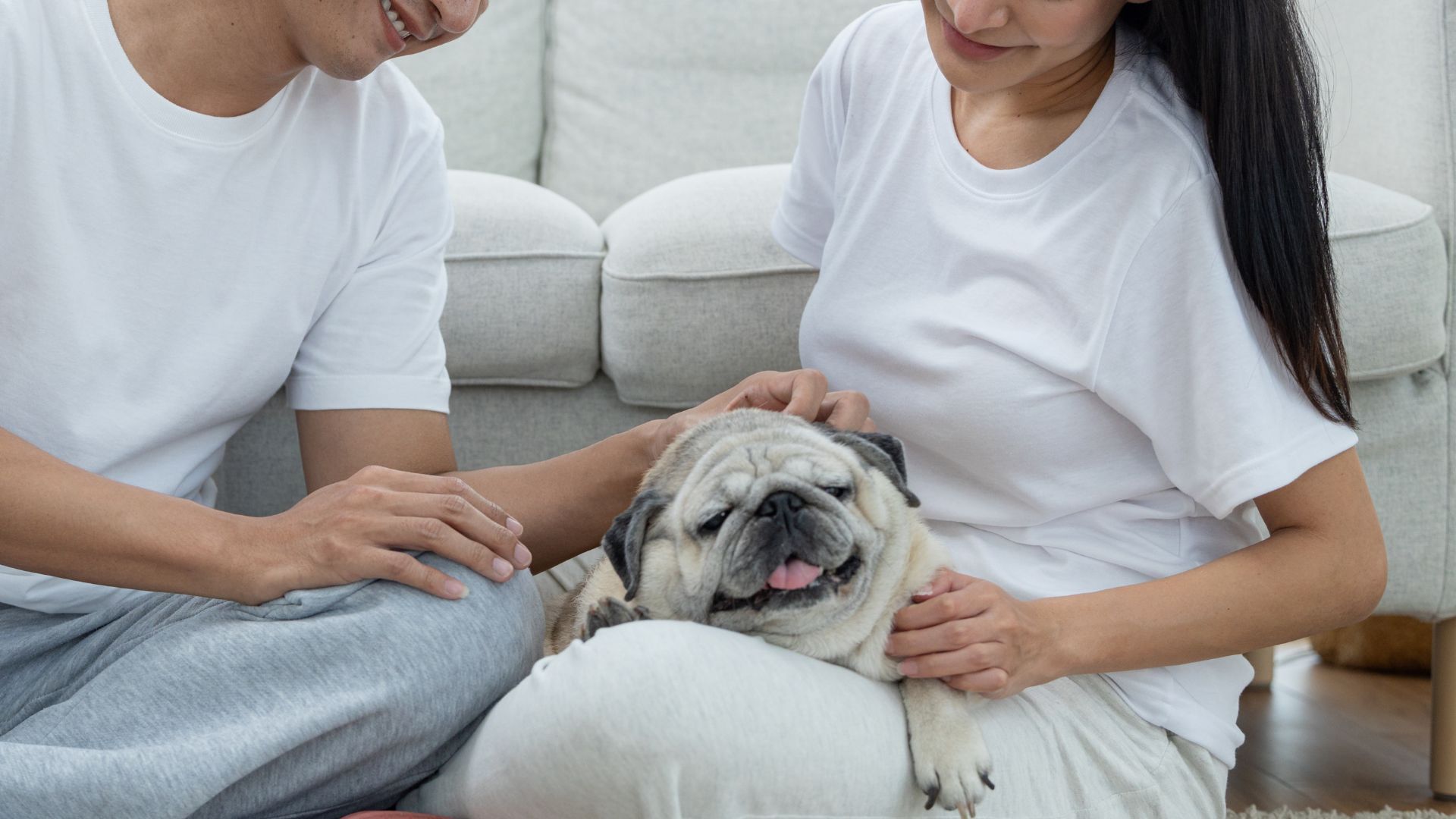Your name’s on the lease — along with three others. The walls are thin, the space is small, and the laundry room’s down the block. You spend your nights negotiating chores and pretending to ignore someone’s leftover tacos from last week. Still, something’s missing. Something with paws.
You’re not asking for a mansion or a meadow. Just a little company. The kind that listens without interrupting. A reason to wake up early — and feel good about it. But can a dog really fit into this?
Everyone says, “Wait until you’ve got your own place.” But that place may be years away. Life doesn’t pause until it’s convenient.
You just need a dog who can roll with roommates, tight corners, and shared space, without drama. YES, they exist. Some were basically born for it. And if you’re still reading, it’s probably time to meet them.
Dog Breeds That Fit Co-Living Spaces
1. Basset Hound

With a low-energy profile and minimal reactivity, Basset Hounds remain unaffected by everyday hallway noise or shared living activity. Their calm presence doesn’t escalate tension in confined quarters. This makes them compatible with the ebb and flow of communal spaces.
Predictable Behavior Patterns
They’re not prone to sudden bursts of energy or constant vocalizing. Most Bassets have a structured daily rhythm—wake, eat, nap, repeat—which suits co-living routines. Their predictability gives housemates fewer surprises and smoother transitions.

Comfortably Coexist With Others
Basset Hounds are generally tolerant of other dogs, rarely initiating conflict unless provoked. They don’t compete for dominance, and their social cues are easy to read. That makes shared yards or common rooms easier to manage without supervision.
Minimal Impact on Shared Living
Their short legs and heavy frame limit excessive running or jumping—ideal for second-floor units, as per WebMD. The apartment dogs label fits for a reason: they’re naturally quiet and move gently.
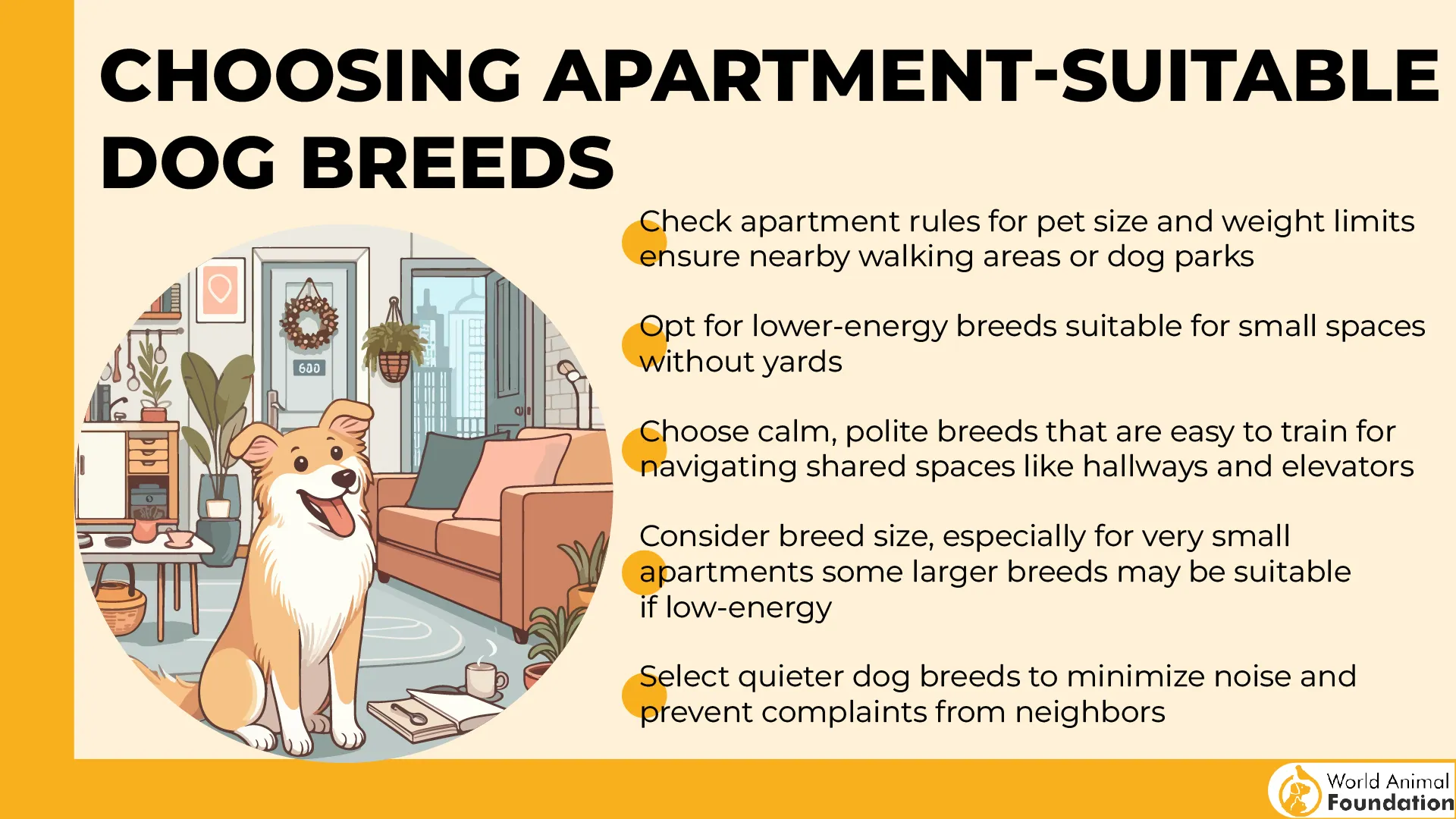
As a bonus, their scent-tracking obsession gives them a solo activity without requiring constant engagement from their furry friend companions.
2. Bichon Frise
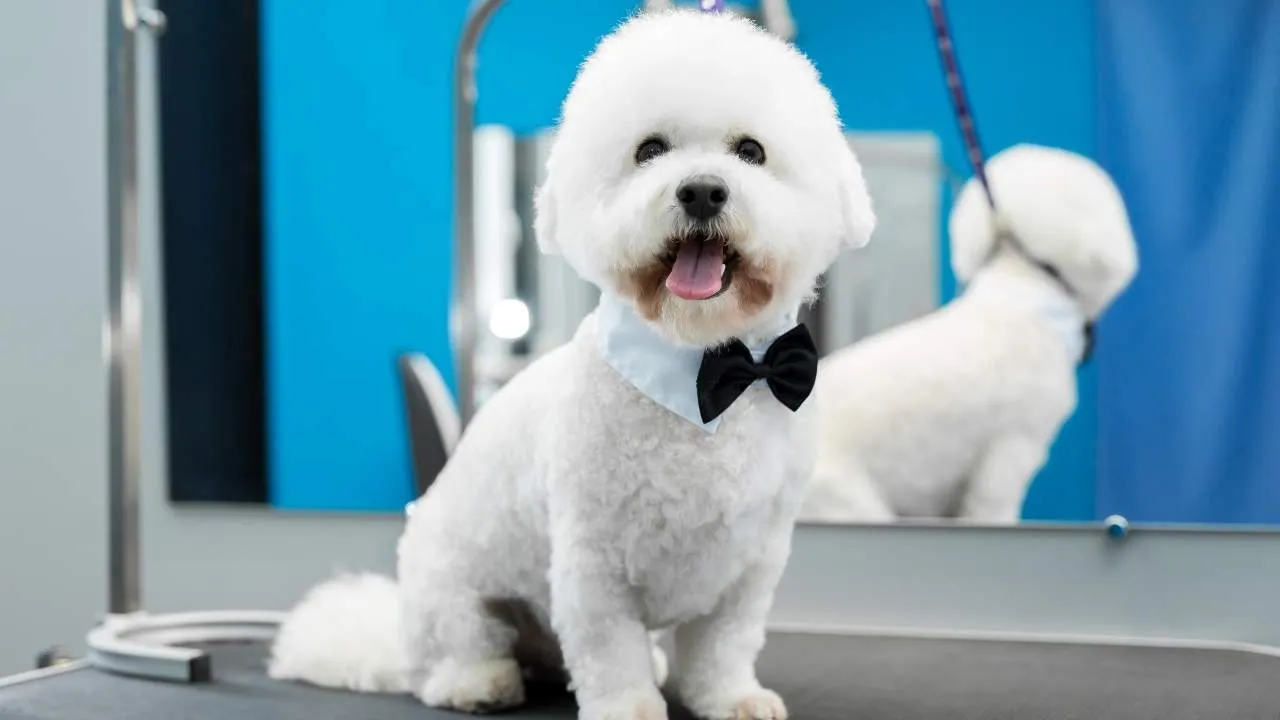
Bichon Frises can maintain emotional balance even when exercise routines vary across shared schedules. They’re content padding behind you through hallways, offering quiet presence without needing structured stimulation. This quality reduces pressure on housemates during busier weeks.
Clean Habits That Suit Shared Homes
They rarely carry outdoor dirt indoors due to their springy gait and minimal contact with the ground. Their coat repels debris naturally, reducing the spread of allergens. Grooming consistency matters, but they don’t bring the mess often associated with long-coated breeds.
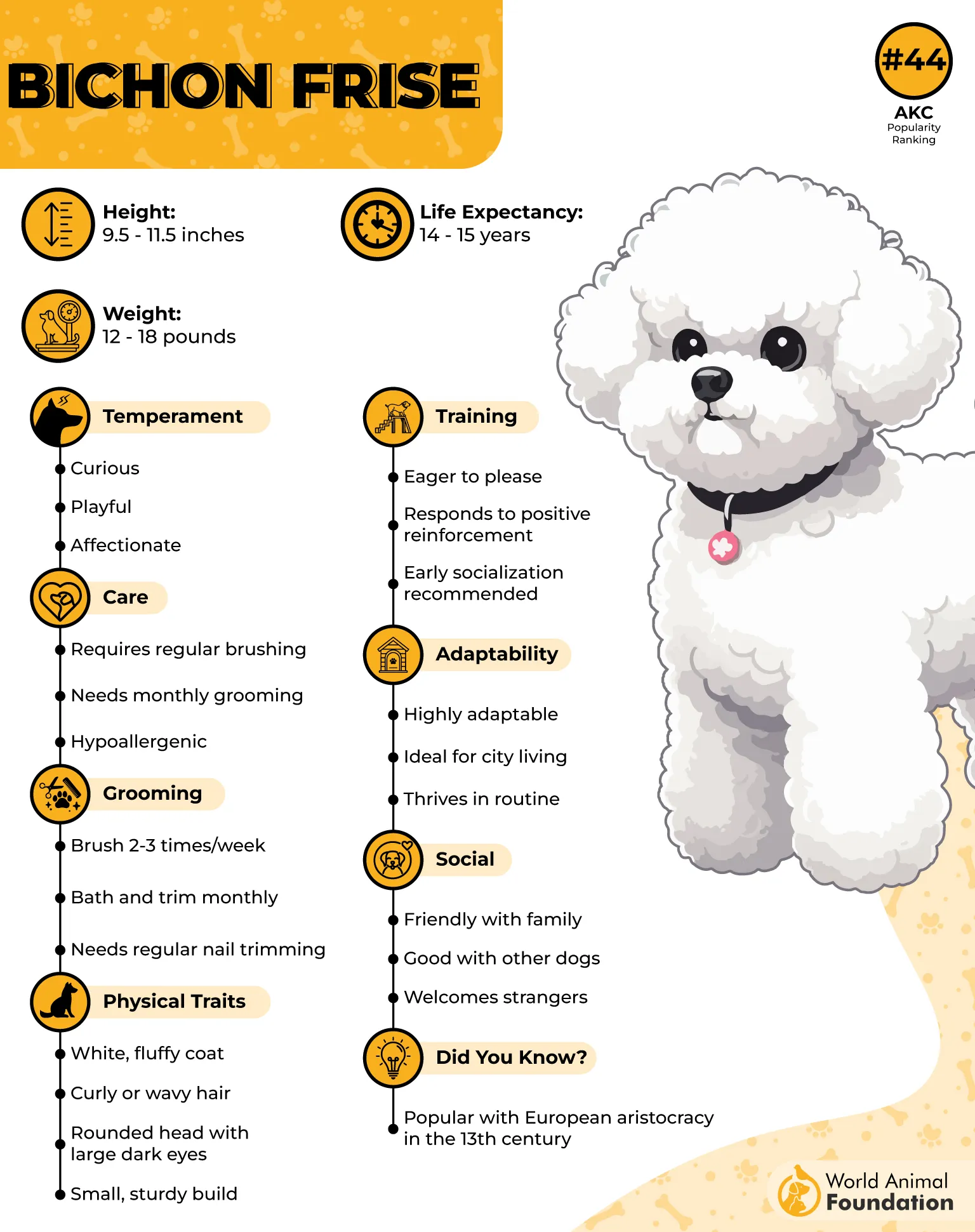
Neutral Toward Other Household Species
With socialization, Bichons typically adapt well to other pets, neither dominating nor submitting. Their communication style relies more on observation than confrontation. This balance creates ease in shared areas where species may cross paths.
Well-suited for Compact Interiors
Their square frame and lightweight body make navigating tight corners and narrow entryways easier. They are one of the few breeds recognized for thriving in apartment living without behavioral breakdowns. Centuries ago, the French nobility preferred them specifically for apartment life, which explains their natural indoor adaptability.
3. French Bulldog
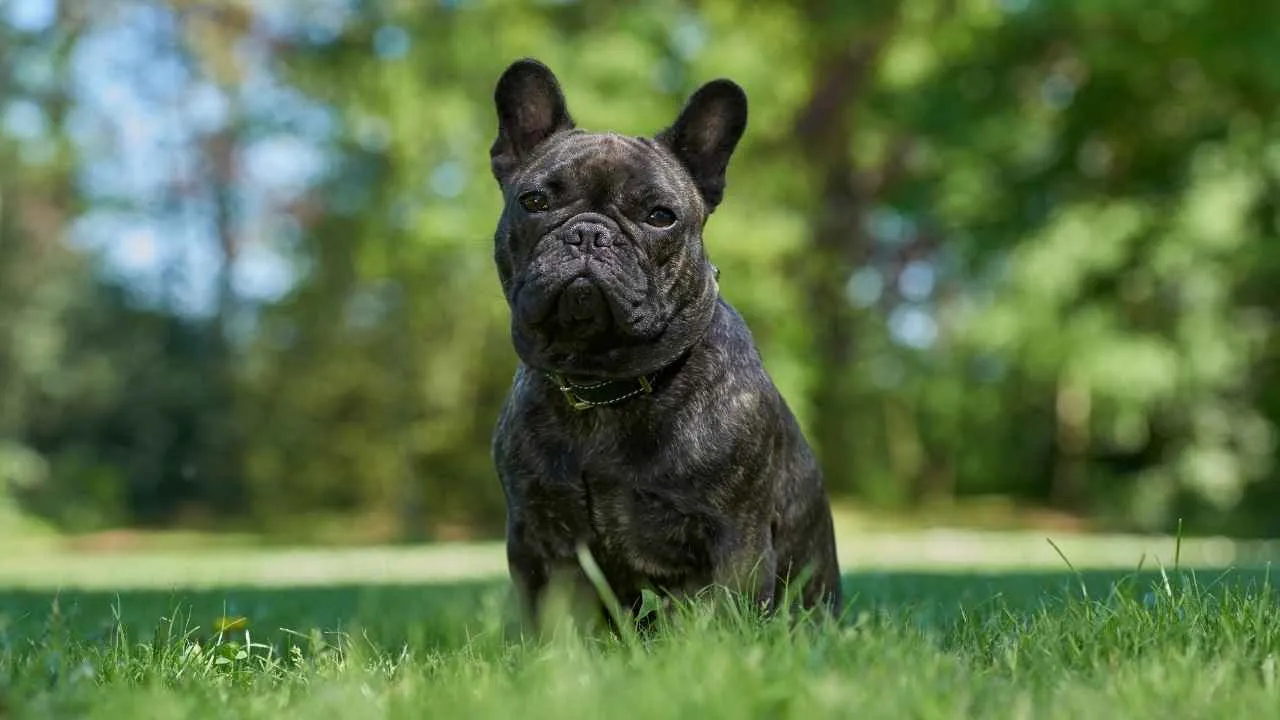
French Bulldogs are known for their low-intensity reactions—even during loud group dinners or spontaneous hallway encounters. Their even temper helps maintain balance in high-traffic living situations. They’re wired to observe rather than overreact, which helps keep tensions low in shared homes.
Naturally Low-Volume Communicators
These dogs rarely bark without cause and are often silent even when left briefly alone. This silence is partly due to their brachycephalic anatomy, which makes prolonged barking physically uncomfortable. It’s one reason why they’re often considered good apartment dogs by urban pet owners.
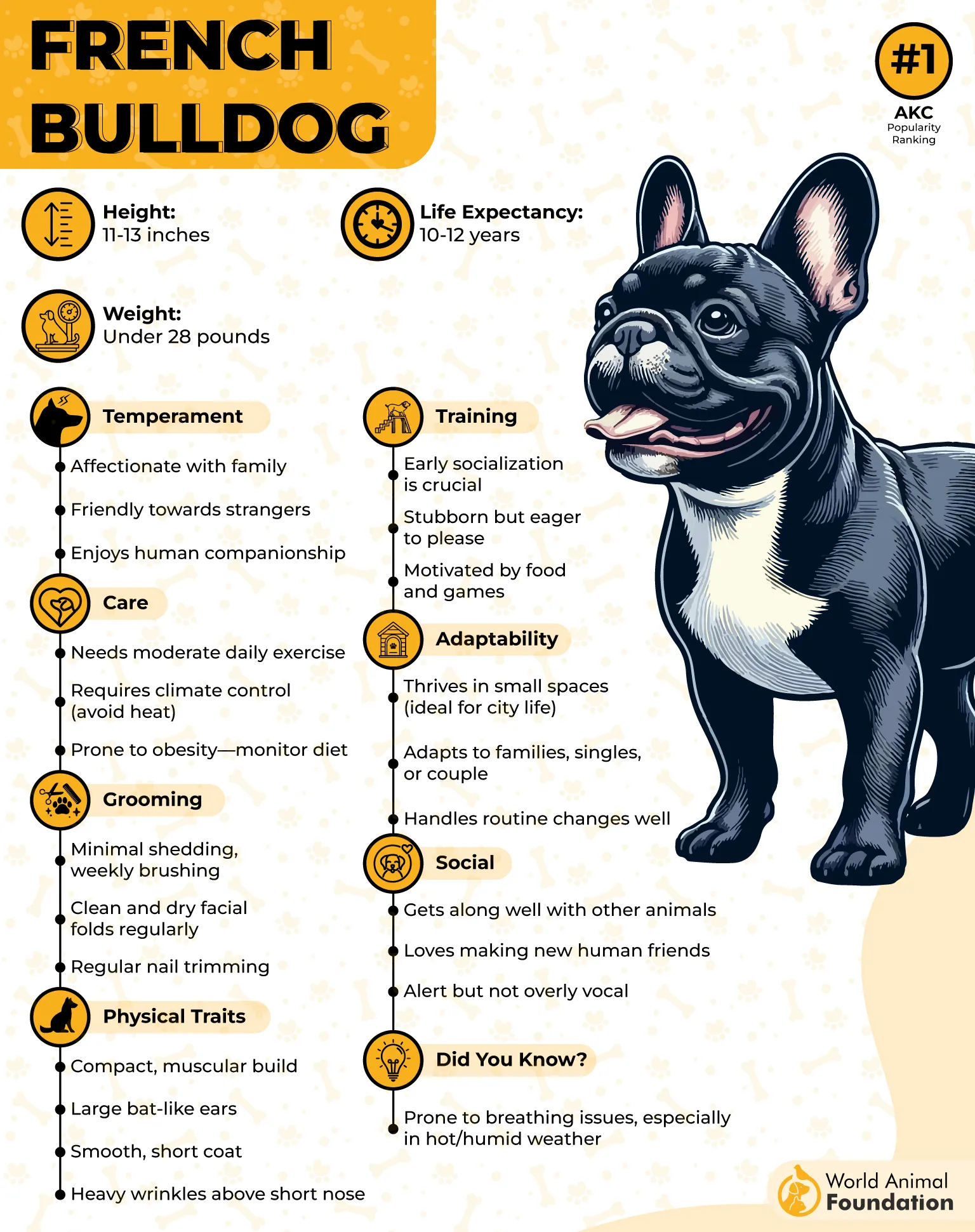
No-Frills Social Interactions
In group settings like a dog park, French Bulldogs tend to stay within familiar boundaries, often preferring people to packs. They give space and don’t over-engage with unfamiliar dogs, reducing the risk of awkward confrontations. Their social style suits environments where not everyone wants a high-energy pet.
Adaptability Without Demand
Despite being a small dog breed, they don’t need high physical outlets to stay content indoors. They’re content with structured, short routines that don’t disrupt shared schedules. Their heavy-boned frame also naturally limits excessive jumping on furniture or barging through doors in tight quarters.
4. Cavalier King Charles Spaniel

Cavaliers adapt quickly to the emotional tone of their environment, whether it’s a quiet roommate or a lively house meeting. They’re responsive without being demanding, making them ideal for homes with different energy levels. Their intuitive calm helps stabilize shared routines.
Perfect Fit for Limited Room
Their compact build suits small living space layouts where floor area is limited. Even when fully grown, they rarely occupy more than a cozy corner or a soft lap. They navigate narrow corridors and staircases with ease, without bumping into anything.

Naturally Social Without Being Clingy
They show consistent friendliness to visitors and roommates, without jumping or barking for attention. Their greetings are soft and polite, which makes them easier to live with during drop-ins or overnight stays. That social balance is hard to find in many best dog breeds lists.
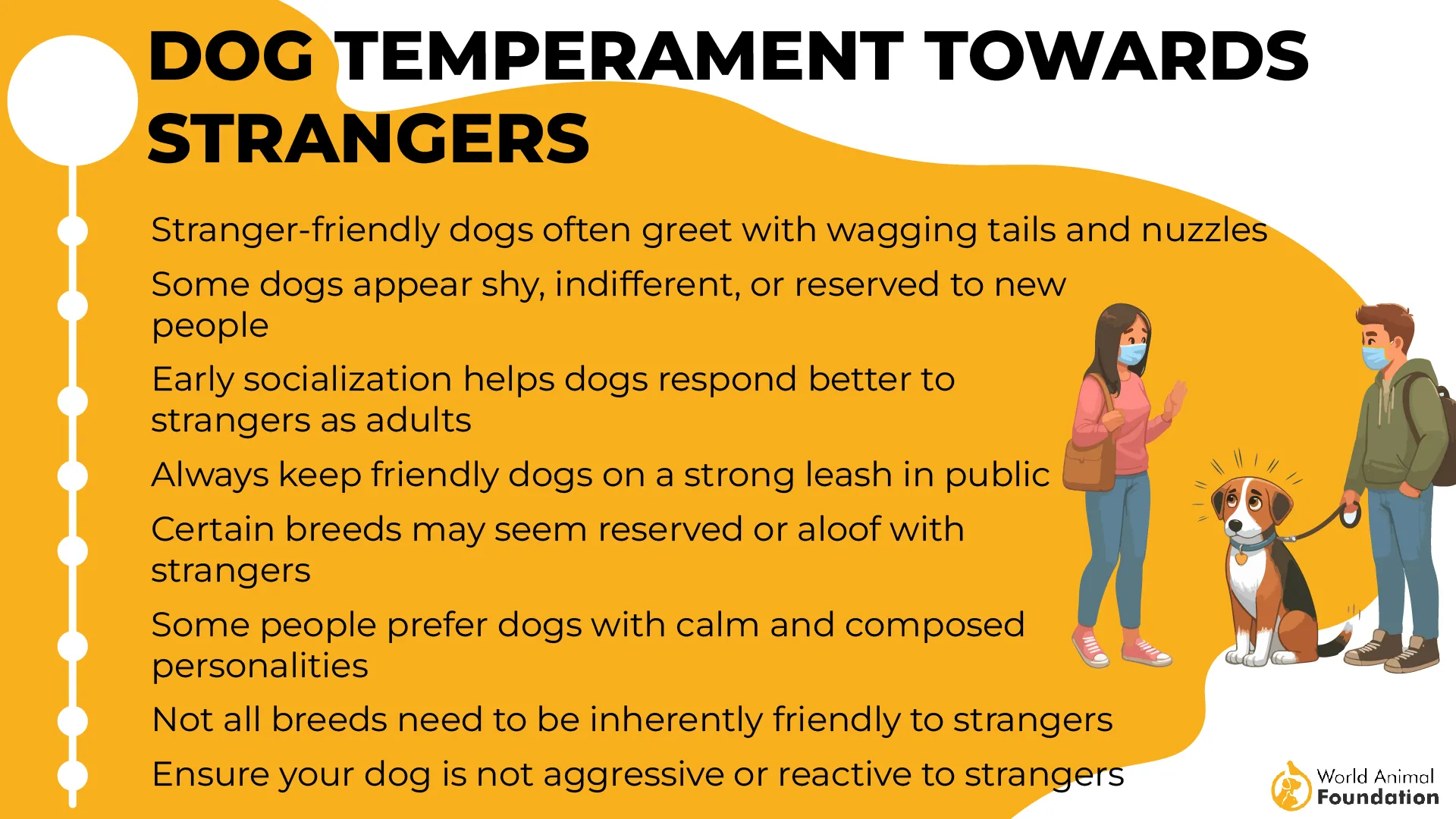
Historical Tendency Toward Adaptability
Favored by British royals specifically for apartment-like chambers, Cavaliers were selectively bred for closeness without crowding. They still maintain that gentle indoor presence today. With just moderate play and short walks, they maintain a happy and healthy life in shared housing settings.
5. Chihuahua
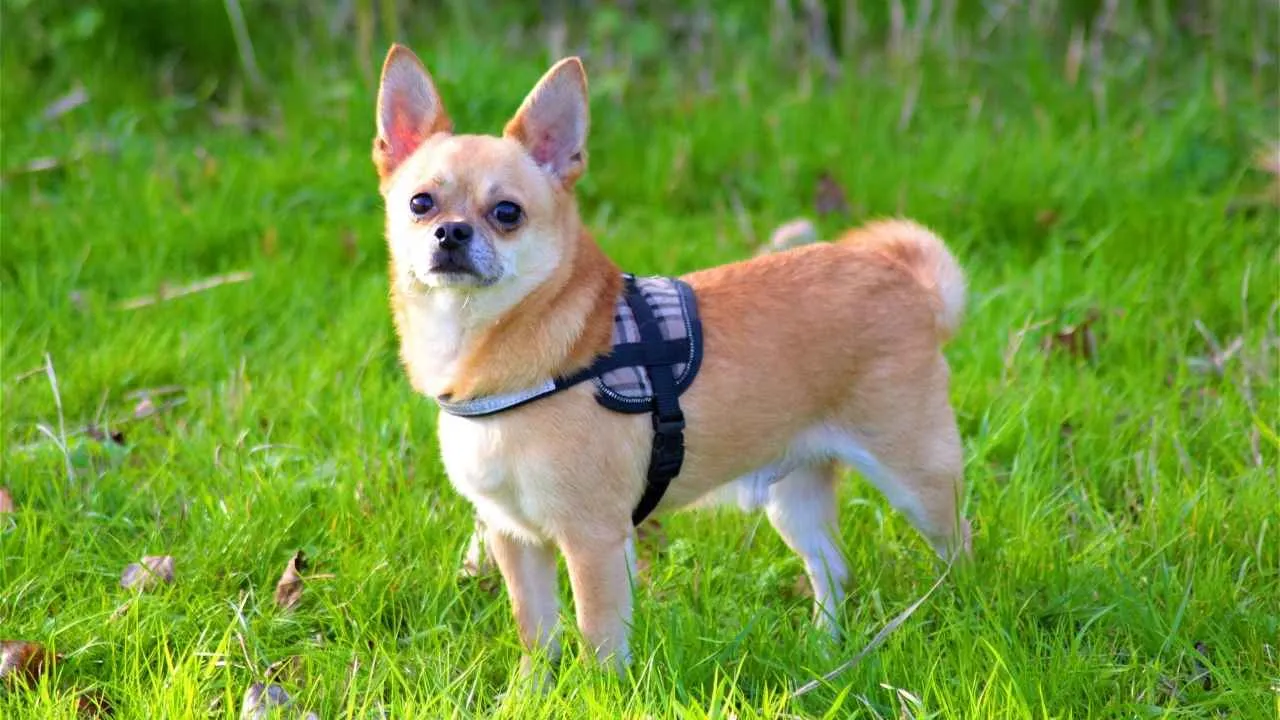
Weighing under six pounds on average, Chihuahuas can comfortably navigate tight hallways, loft corners, or under-desk spaces. Their size means they require less rearranging or spatial compromise in small spaces. Even in shared setups, they don’t feel crowded or overwhelmed.
Alert but Not Disruptive
Chihuahuas are naturally watchful but don’t bark without cause when properly socialized. This makes them less likely to trigger chain reactions of noise in thin-walled housing. Their attentiveness can actually become helpful for roommates who value awareness without intrusion.
Routine-Centric Lifestyle
These dogs thrive on routine—feeding, napping, and daily walks in short, predictable bursts. That consistency keeps them emotionally balanced, especially in homes with varying human schedules. Their internal clock often syncs naturally with their primary handler.
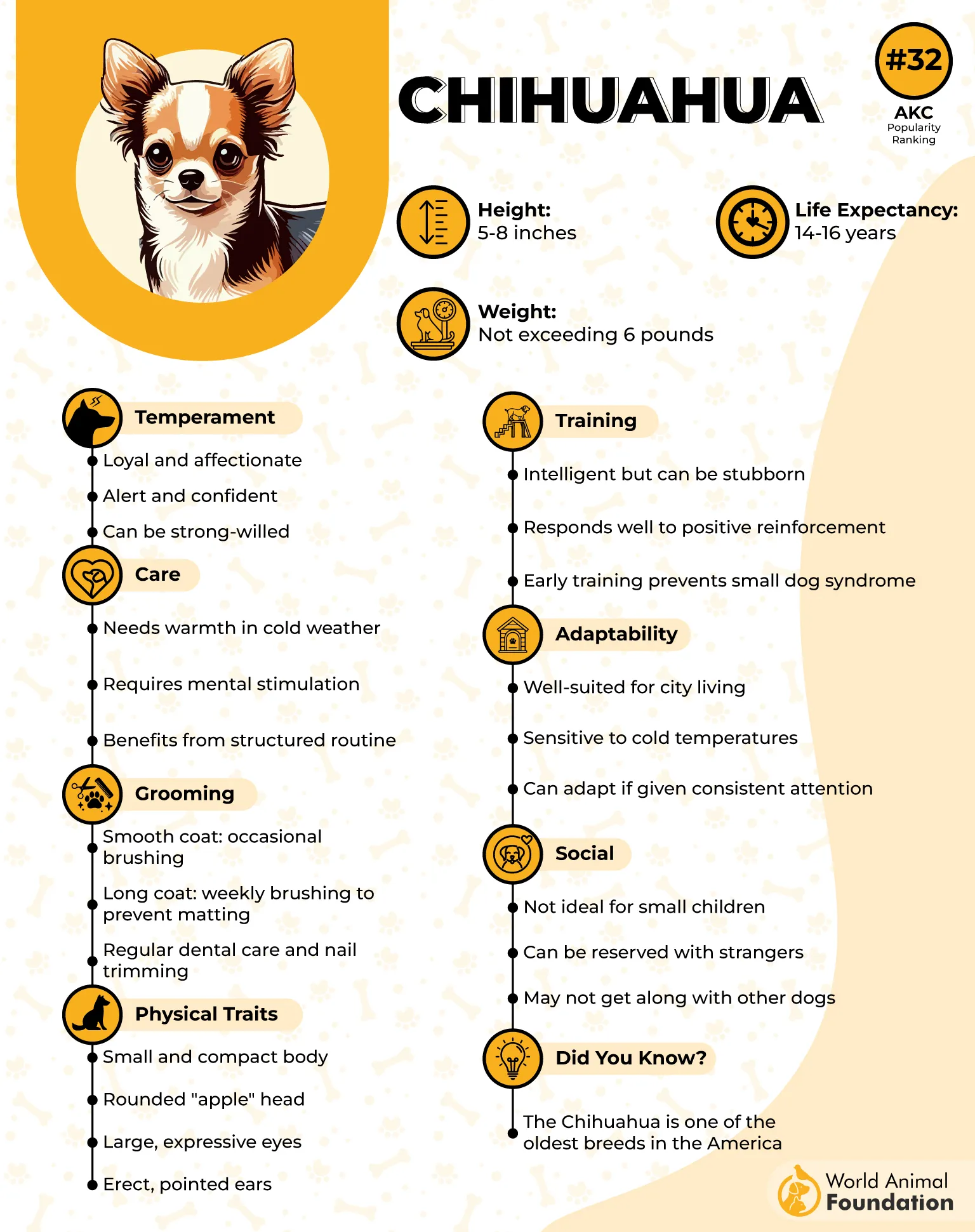
Low Impact on Shared Resources
They eat little, require minimal indoor space, and don’t dominate furniture or play areas. For this reason, Chihuahuas are considered great apartment dogs by people who’ve managed multi-roommate homes.
Did You Know: They were once favored by Hollywood stars for their portability, making them one of the earliest dogs to be spotted regularly in handbags and on studio sets.
6. Chinese Crested
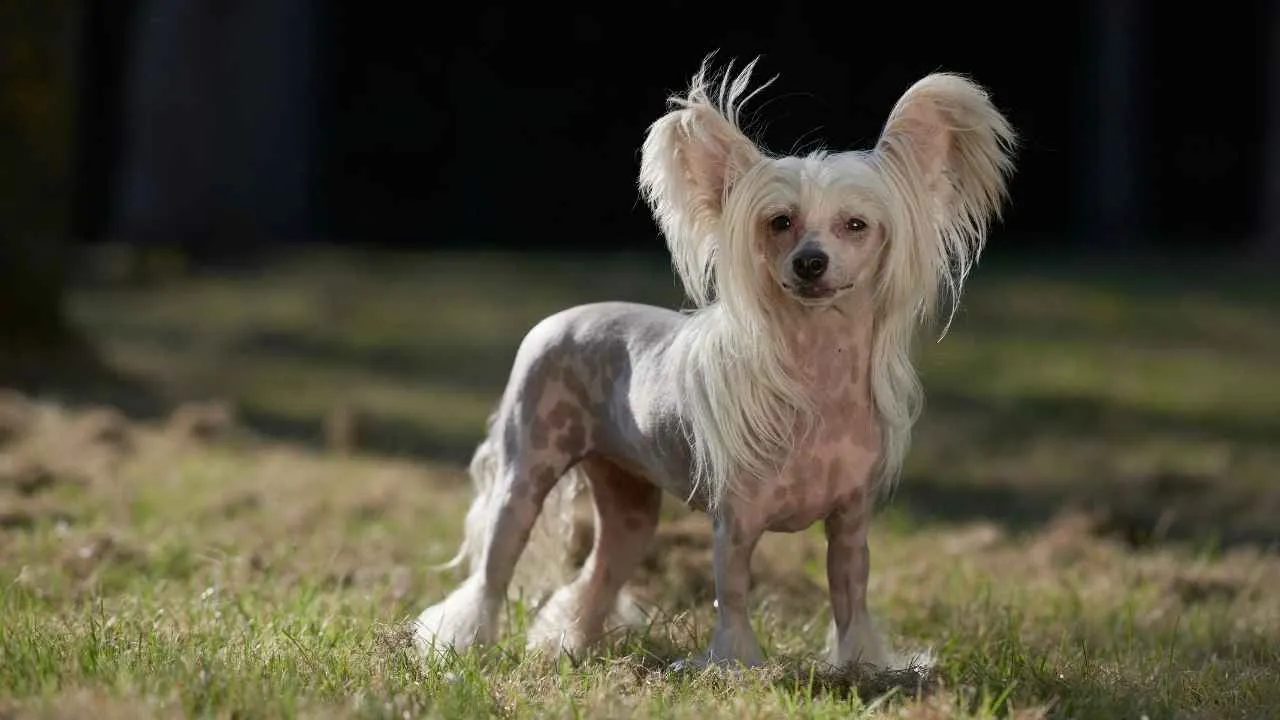
Chinese Cresteds are notably quiet in indoor environments, often going hours without a single bark. That silence makes them particularly valued in thin-walled units or buildings with strict noise policies. Their sensitivity to sound doesn’t translate into disruptive behavior.
Low-Shedding, Easy on Shared Spaces
With either a hairless or powderpuff coat, this breed ranks among the cleanest in terms of shedding and odor. Shared laundry areas stay cleaner, and furniture doesn’t carry fur buildup. In compact homes, less cleanup equals fewer roommate tensions.
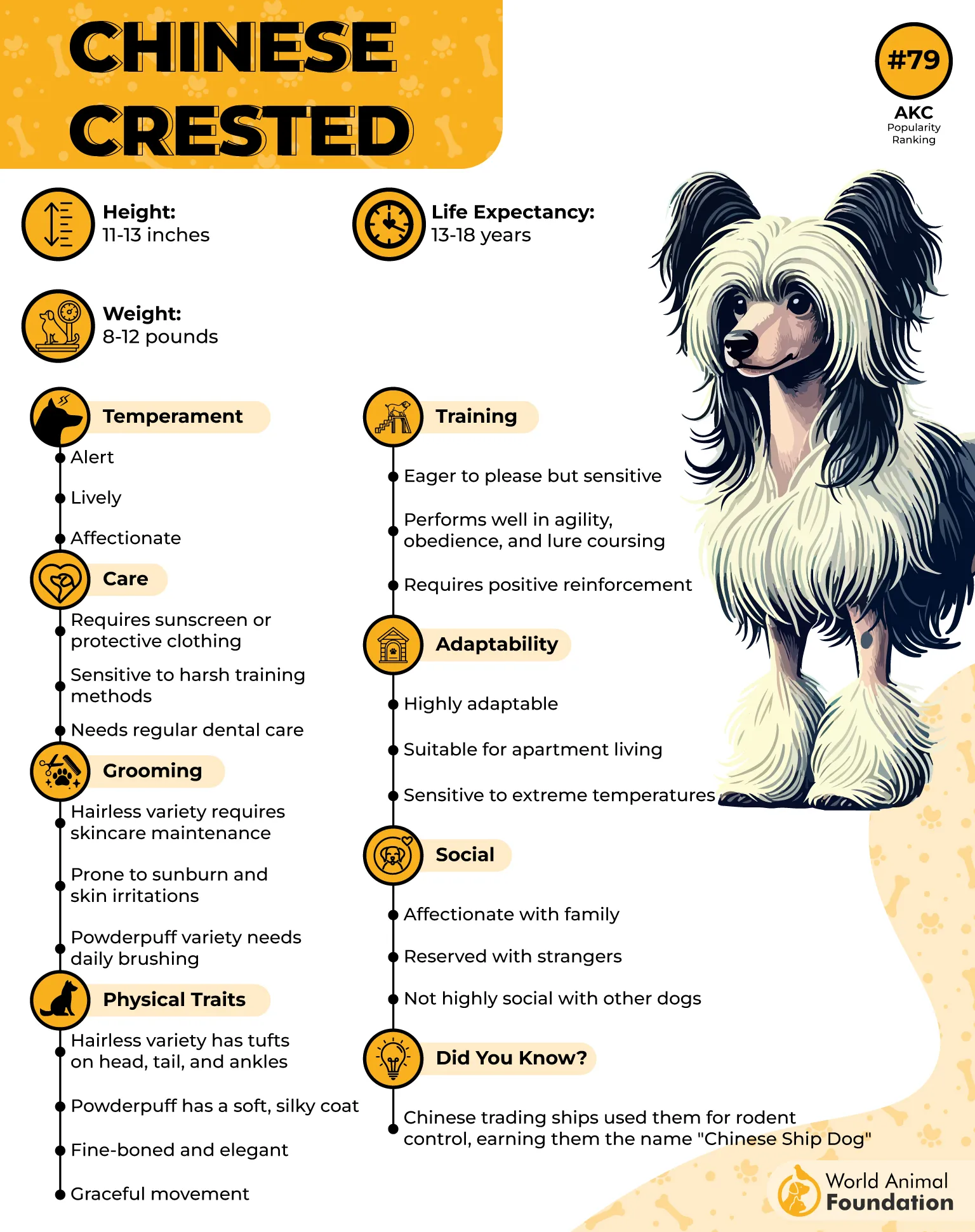
Deep Bonding, But Not Demanding
Though they form intense bonds with one person, Chinese Cresteds aren’t constantly clingy or territorial. They’re content curling up alone when needed and don’t shadow housemates throughout the day. This balance fits well in a mixed social setup or apartment setting.
Trainability in Small Spaces
These dogs respond best to light repetition and soft corrections, especially during the early stages of proper training. Their intelligence shows in how quickly they adapt to routines, like hallway etiquette or respecting room boundaries. They’ve even been called “velcro dogs” in a positive sense, for their gentle attentiveness without intrusion.
7. Greyhound

Despite being built for sprinting, Greyhounds are surprisingly still indoors—many spend most of the day lounging with minimal pacing. They conserve energy unless prompted, which works well in shared spaces where hyperactivity can be disruptive. Even in small living areas, they rarely go underfoot.
Naturally Reserved in Crowds
They tend to be emotionally self-contained, preferring calm company over overexcitement. This gives them a steady presence in co-living setups where overstimulation is common. Their detached temperament reduces unnecessary friction with both people and pets.
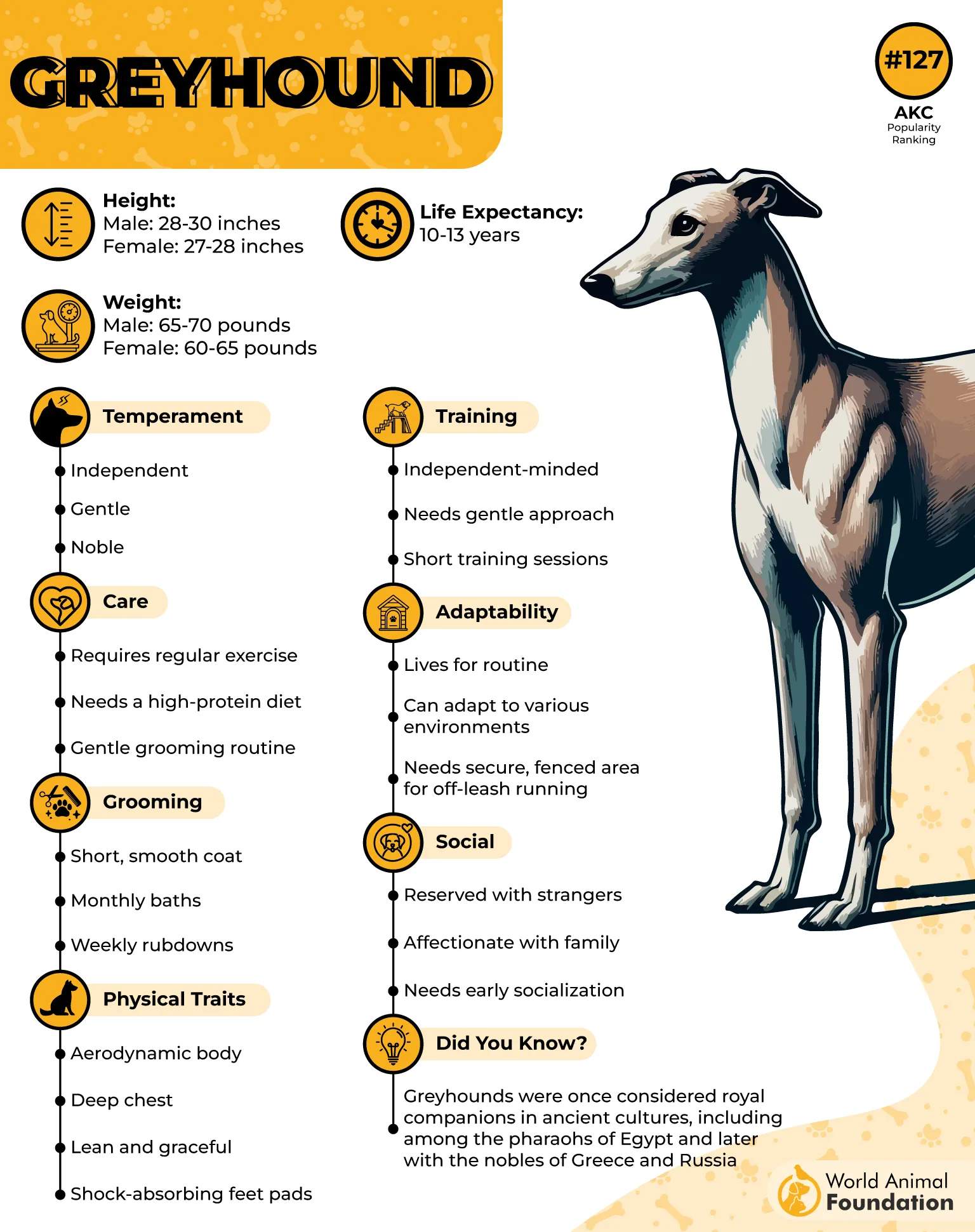
Thin Frame, Minimal Impact
Weighing less than other breeds of similar height, Greyhounds don’t bang into furniture or jostle through rooms. Their joints also favor gentle movements, avoiding heavy stomps or sudden leaps. It’s one reason they’re often considered excellent apartment dogs despite their athletic build.
Quiet Settlers With Subtle Needs
Greyhounds don’t bark much, which is a practical trait when living near thin walls, as mentioned in Oxford Stadium. They’re also quick to adapt to the mood of the environment—if the space is quiet, they mirror it. That makes them an easy new furry friend to introduce without causing disruption.
8. Maltese
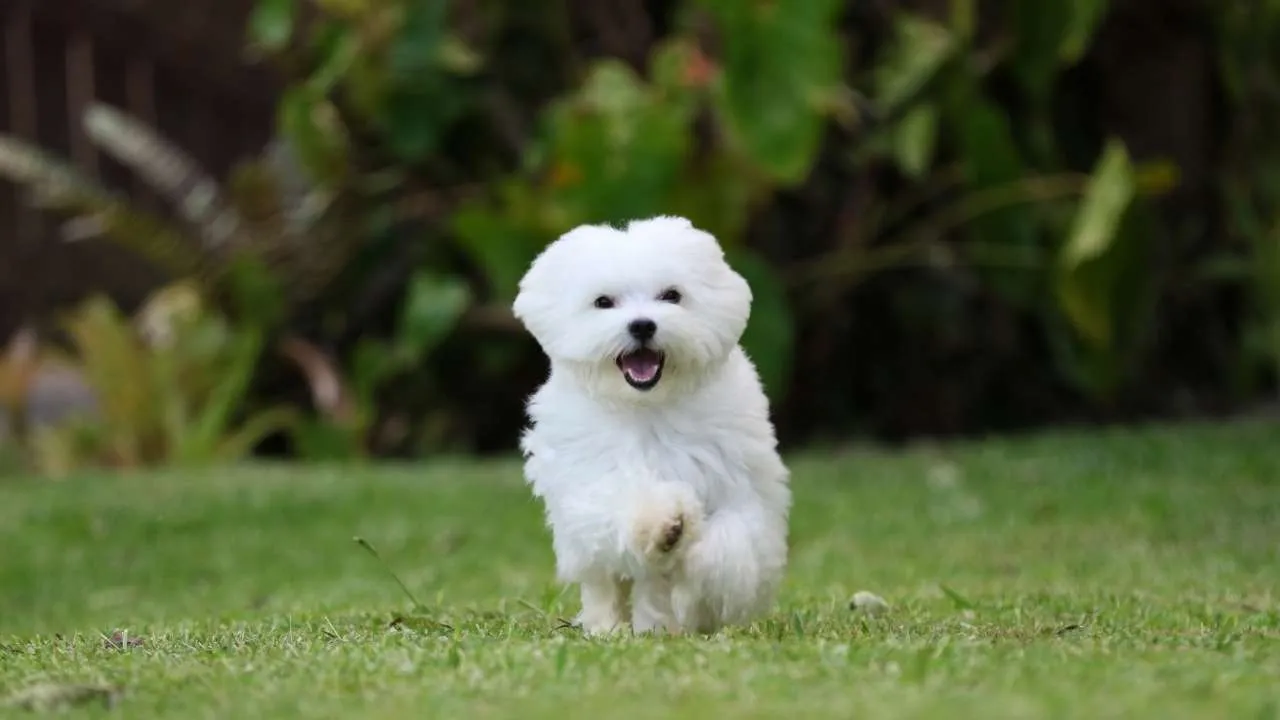
Weighing under seven pounds and standing under 10 inches, the Maltese easily adapts to studio setups or shared rooms with limited square footage. Their compact size allows them to navigate small spaces without knocking things over. They naturally gravitate toward cozy corners and soft seating spots.
Clean Coat, Low Allergen Impact
Their long, silky coat doesn’t shed like double-coated breeds, making them one of the more tolerable hypoallergenic dog breeds in confined environments. Regular brushing keeps dander low and prevents matting without excessive grooming tools. Co-living roommates are less likely to deal with fur on clothes or shared furniture.
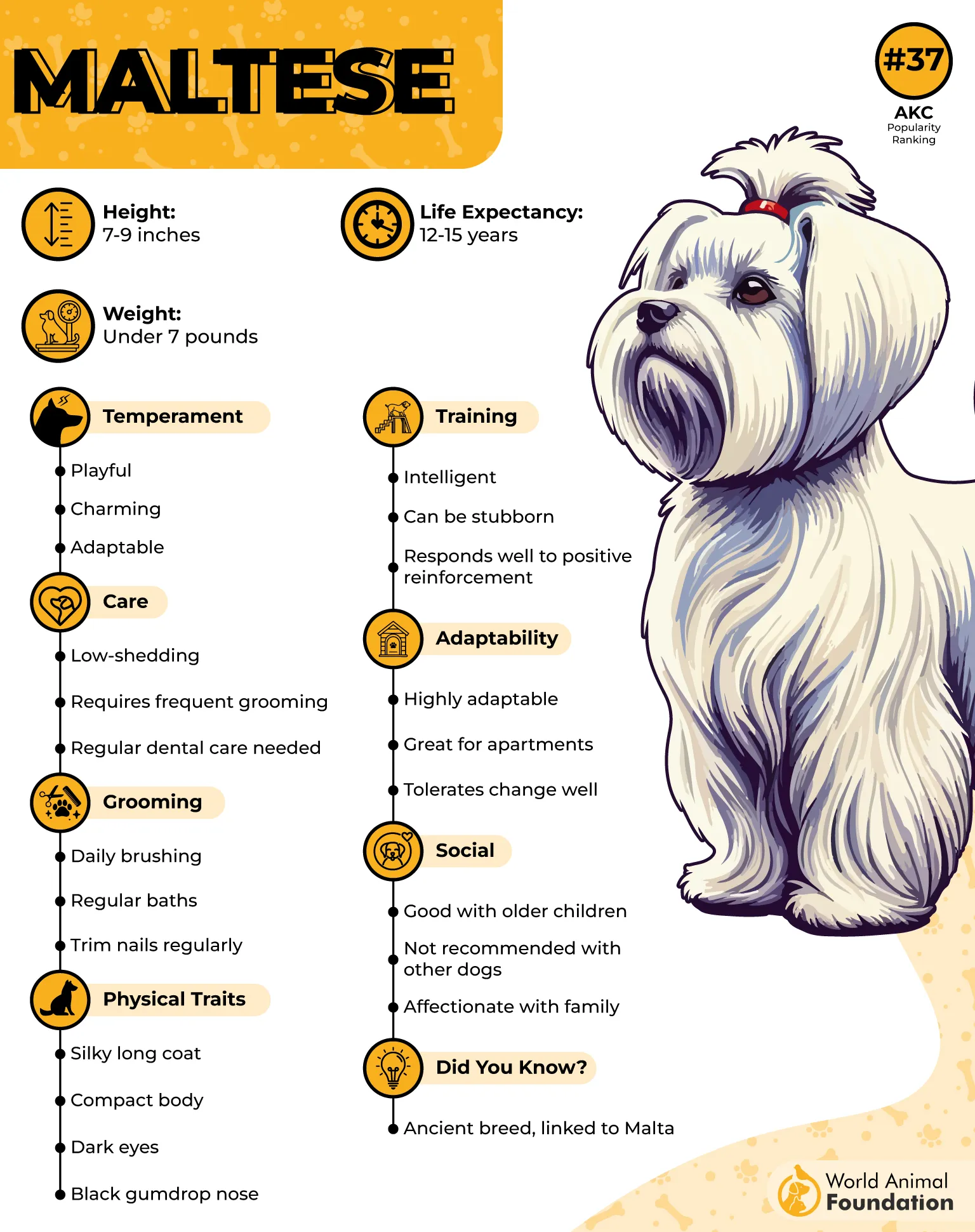
Strong Attachment Without Overbearing Behavior
Maltese form intense bonds but don’t shadow you with every step—they prefer nearby presence, not clinginess. When housemates rotate in and out, they adjust easily without becoming anxious. Their emotional steadiness helps them feel safe, even in changing group dynamics.
Surprisingly Sharp Awareness
Despite their appearance, Maltese were once watchdogs in ancient Mediterranean ports—a fact that reveals their tuned-in nature. They respond to unfamiliar footsteps or door clicks without constant barking. This makes them quietly alert but non-disruptive in shared walls or multi-unit buildings.
9. Shih Tzu

Shih Tzus were bred to spend hours indoors, close to people, making them emotionally attuned to household rhythms. They aren’t phased by shared walls, background chatter, or multiple people passing through. Their tolerance for noise and movement is unusually high for such a small breed.
Less Space, Less Problem
Their compact frame isn’t just convenient—it’s practical for tight layouts, shared kitchens, or narrow staircases. They rarely bump into things or get underfoot during high-traffic hours. These are dogs that navigate limited space with surprising grace.
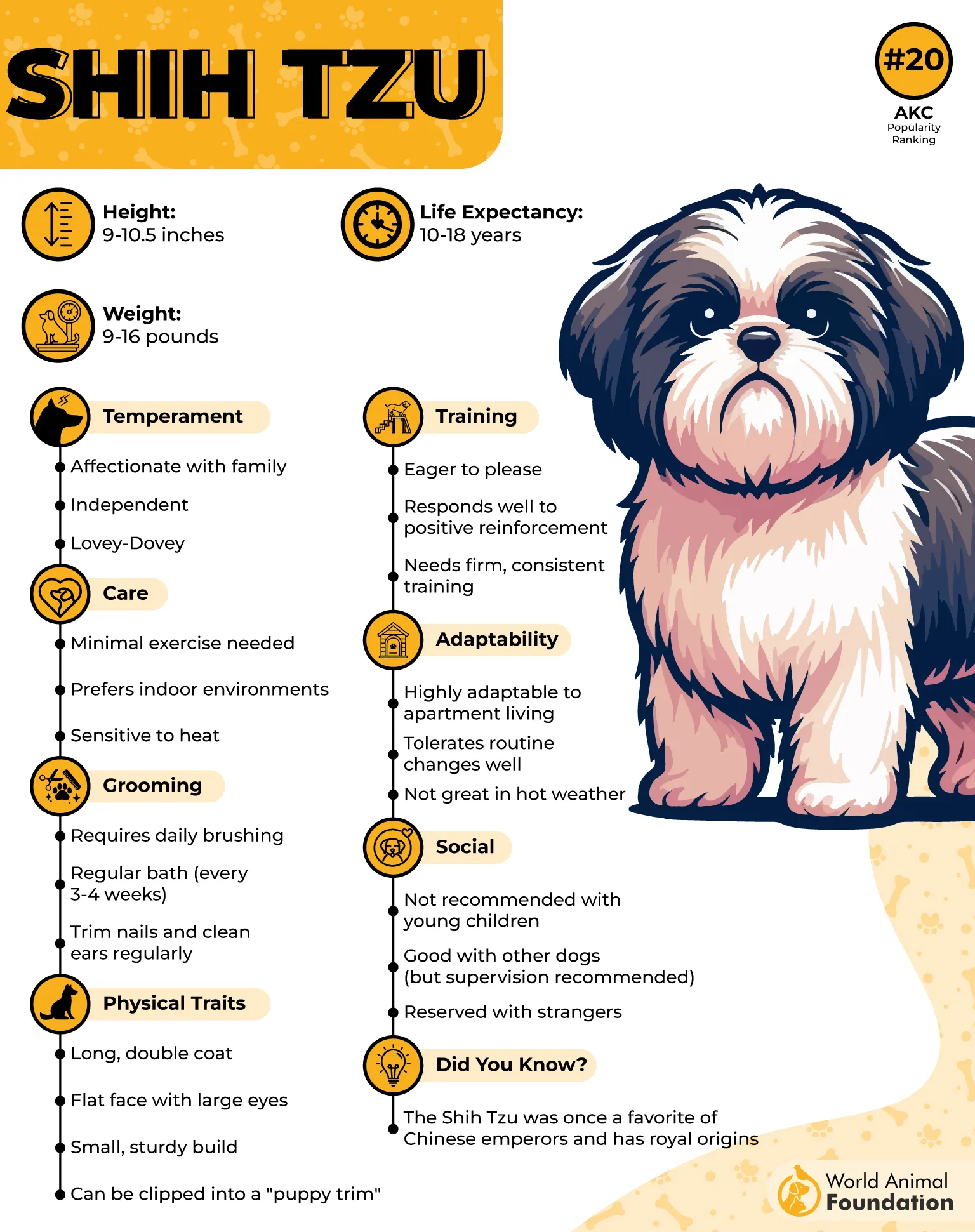
Grooming Routine Sets Boundaries
Shih Tzus require regular grooming, but it comes with a bonus in co-living situations: it creates structure. Scheduled brushing time acts like a quiet reset in the day, keeping overstimulation in check. That maintenance cycle also reduces hair shedding in shared spaces.
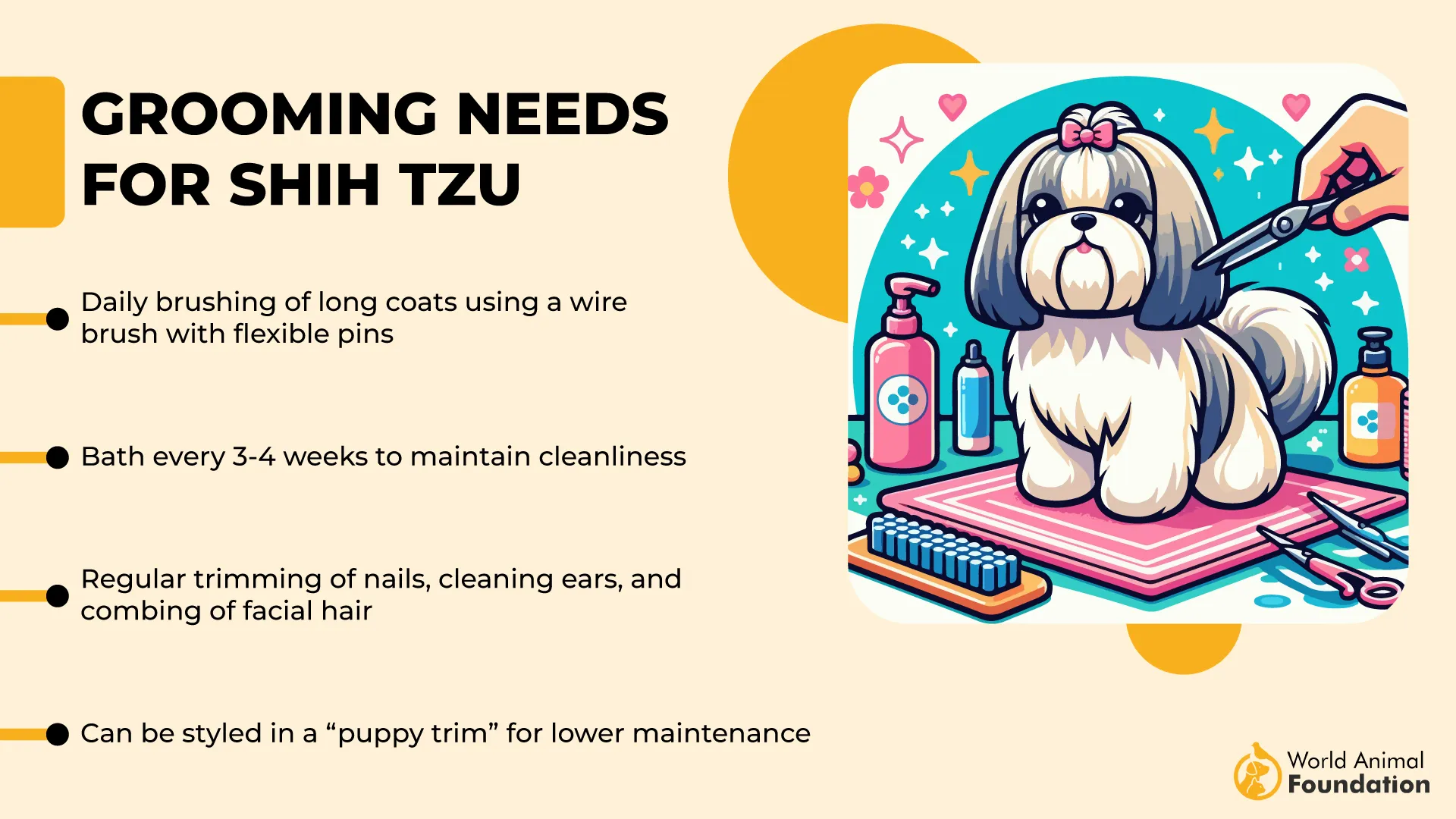
Adaptable Energy for Group Living
Their energy comes in short, controllable bursts—playful but rarely disruptive. Because they’re one of the more reserved toy breeds, co-livers don’t have to constantly entertain them. Among the breeds best suited for apartment living, their self-contained behavior makes them ideal for low-drama homes.
10. Pug

Pugs adapt quickly to people-oriented environments where shared routines dominate. Their affection is direct and often persistent, seeking interaction without demanding large areas to roam. That closeness makes them a natural fit in homes with limited private corners.
Quiet But Communicative
They vocalize mostly through expressive grunts, not barking—useful in walls-thin situations. Roommates can move freely without triggering unnecessary noise. It’s a low-disruption presence that still makes itself known through body language and soft sounds.
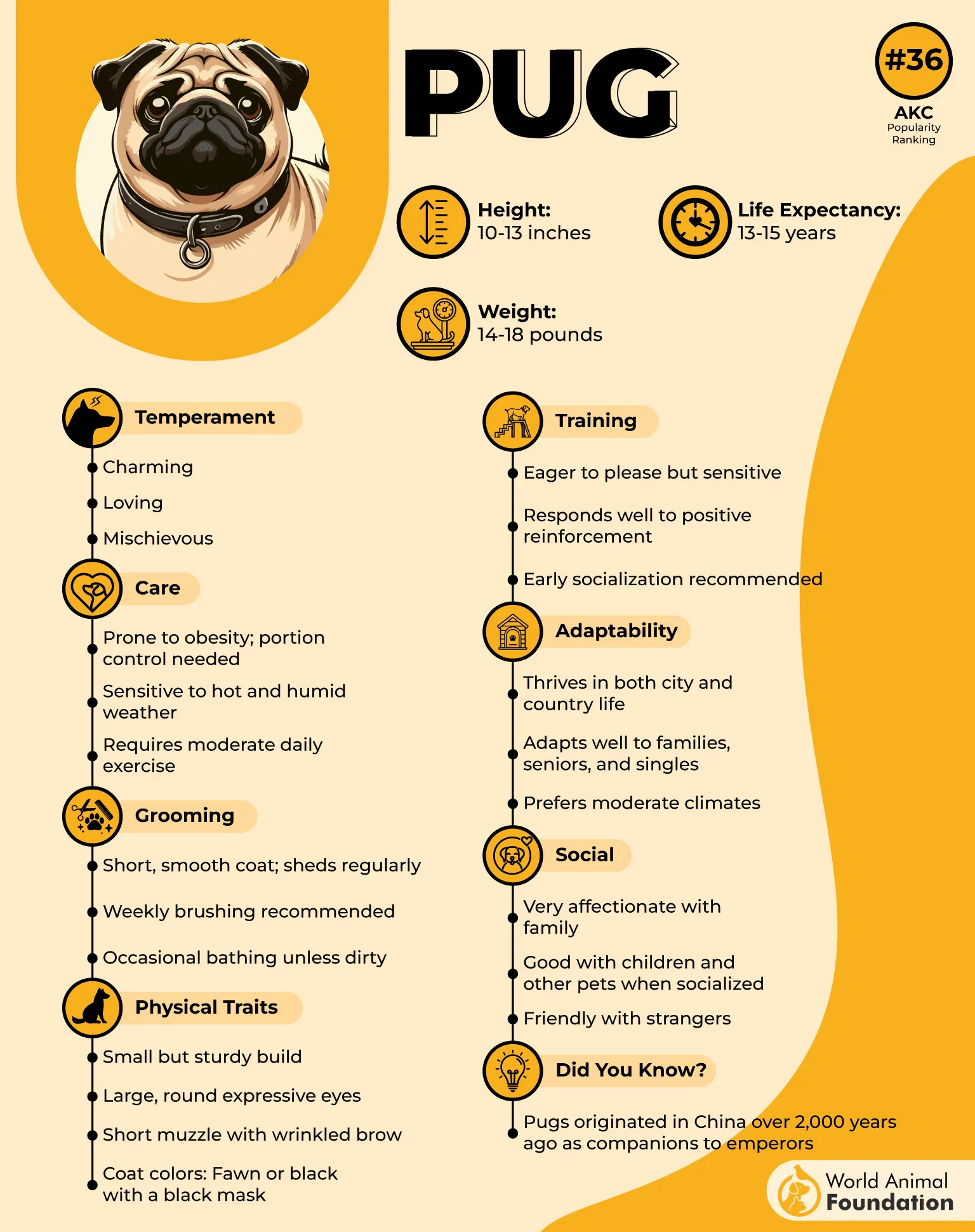
Physical Needs Align With Small Spaces
Because of their short snouts and compact build, long bursts of exertion aren’t part of daily life. Pugs benefit more from floor toys and window lounging than fast-paced yard time. That energy profile matches what a shared apartment can actually offer.
Tendency to Mirror Room Energy
They attune themselves to human activity and slow down in relaxed settings without prompting. Whether it’s a movie night or a late morning sleep-in, the pug adjusts its pace accordingly. That emotional syncing quality often feels like intentional cohabitation.
Conclusion
Not every dog needs a yard or a private room. Some just need a warm couch, a short walk, and a little peace.
For apartment dwellers working with limited space and busy routines, these breeds make life better without adding stress. They’re generally low energy indoors, smart about routines, and calm enough for close quarters.
And while high-energy dogs may need yards and endless fetch time, the breeds you’ve seen here are perfect for confined spaces where indoor playtime and a cozy nap matter more than open land.
Choosing the right dog isn’t about size — some large dog breeds are calmer than the little ones — it’s about finding one that matches your rhythm. You don’t need a mansion. Just the right match, the right mindset, and a dog who gets it.


